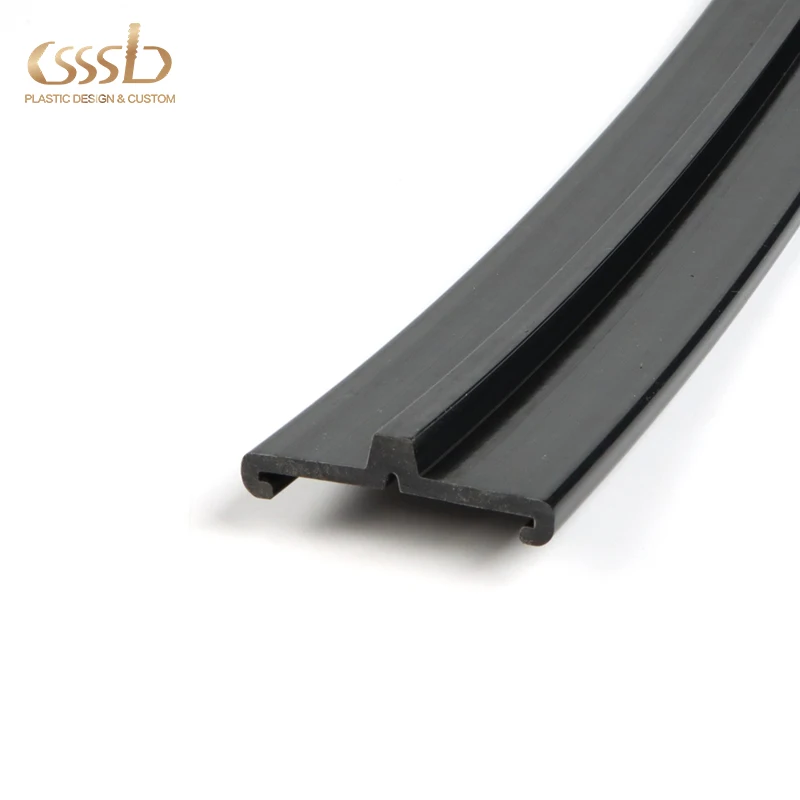Top Quality Strip Seal Joint Solutions from Leading Manufacturers in the Industry
aŭg . 13, 2024 18:53 Back to list
Top Quality Strip Seal Joint Solutions from Leading Manufacturers in the Industry
Understanding Strip Seal Joints A Comprehensive Overview
In the realm of civil engineering and construction, the importance of effective sealing in structures cannot be overstated. Among the various sealing methods employed, strip seal joints have emerged as a highly effective solution, particularly in bridge construction and other infrastructures subjected to substantial movement. This article delves into the significance, design, and advantages of strip seal joints, while highlighting the role of manufacturers in this essential sector.
What are Strip Seal Joints?
Strip seal joints are flexible seals designed to accommodate the movement of two adjoining sections of a structure. Primarily utilized in bridge construction, these joints allow for horizontal and vertical displacements, ensuring the longevity and durability of the structure. The fundamental design of a strip seal joint includes a sealing strip that is embedded between two connected surfaces. This arrangement not only controls water ingress but also mitigates the risk of debris accumulation, thereby enhancing the structural integrity over time.
Importance of Strip Seal Joints
The significance of strip seal joints lies in their ability to handle dynamic pressures and thermal expansions. As temperatures fluctuate, materials expand and contract, which can lead to significant stress in structural joints. Strip seal joints are engineered to absorb these movements, preventing cracks and other forms of deterioration that can compromise the stability of the structure. Furthermore, they are crucial in protecting the supporting elements from environmental factors, which can lead to corrosion and other damage.
Design Features
Manufacturers of strip seal joints take various factors into account to ensure optimal performance. Key considerations include the type of materials used, thickness of the sealing strips, and the design of the drainage systems integrated into the joint. Premium quality elastomeric materials are commonly used for their resilience and flexibility, allowing them to withstand various environmental conditions. Seal profiles may vary based on specific requirements, and customization is often available to accommodate the unique designs of different infrastructures.
Advantages of Strip Seal Joints
strip seal joints manufacturer

1. Durability Strip seal joints are known for their long service life, which can greatly reduce maintenance costs over time. The elastomeric materials resist UV exposure, extreme temperatures, and resilient against various chemicals often found in the environment.
2. Flexibility The design of strip seal joints allows for movement without compromising the seal. This flexibility is a vital feature, especially in areas prone to seismic activity or heavy traffic.
3. Water and Debris Resistance Effective sealing prevents water from infiltrating the joint, which can lead to freeze-thaw cycles and other forms of damage. Additionally, the design minimizes debris accumulation, making maintenance easier and less costly.
4. Cost-Effective While the initial installation of strip seal joints may involve higher costs, the reduced need for repairs, coupled with their long lifespan, makes them a cost-effective solution in the long run.
The Role of Manufacturers
Manufacturers play a crucial role in the development and delivery of strip seal joints. It is essential for manufacturers to adhere to industry standards and regulations to ensure product quality and safety. Furthermore, ongoing innovation in material technology and design processes allows for the continuous improvement of joint systems. Manufacturers often provide technical support and expertise, assisting contractors in selecting the appropriate type of joint for specific applications.
Conclusion
In conclusion, strip seal joints are invaluable components in modern infrastructure, enhancing the durability and functionality of structures subjected to movement. Through the collaboration between skilled manufacturers and engineers, these seals ensure that structures can withstand environmental challenges, ultimately leading to safer and more resilient built environments. As infrastructure demands continue to evolve, the importance of high-quality strip seal joints remains a critical focus within the construction industry.
-
LED Neon Rope Light Outdoor Companies: Durable & Bright Solutions
NewsAug.27,2025
-
Premium Window Seal Strip Adhesive: Manufacturers & Suppliers
NewsAug.26,2025
-
Best Window Seal Strip Adhesive Companies: Strong, Durable Seals
NewsAug.25,2025
-
Karcher A2004 Wet & Dry Vacuum Filter: Premium Replacement Cartridge
NewsAug.24,2025
-
Premium Vacuum Filter for Karcher VC 4, VC 6, VC 7 & Tineco A10, A11
NewsAug.23,2025
-
Hi-Flo HF155 Oil Filter KTM 250 EXC Racing 03-06 | OEM 580.38.005.000
NewsAug.22,2025
